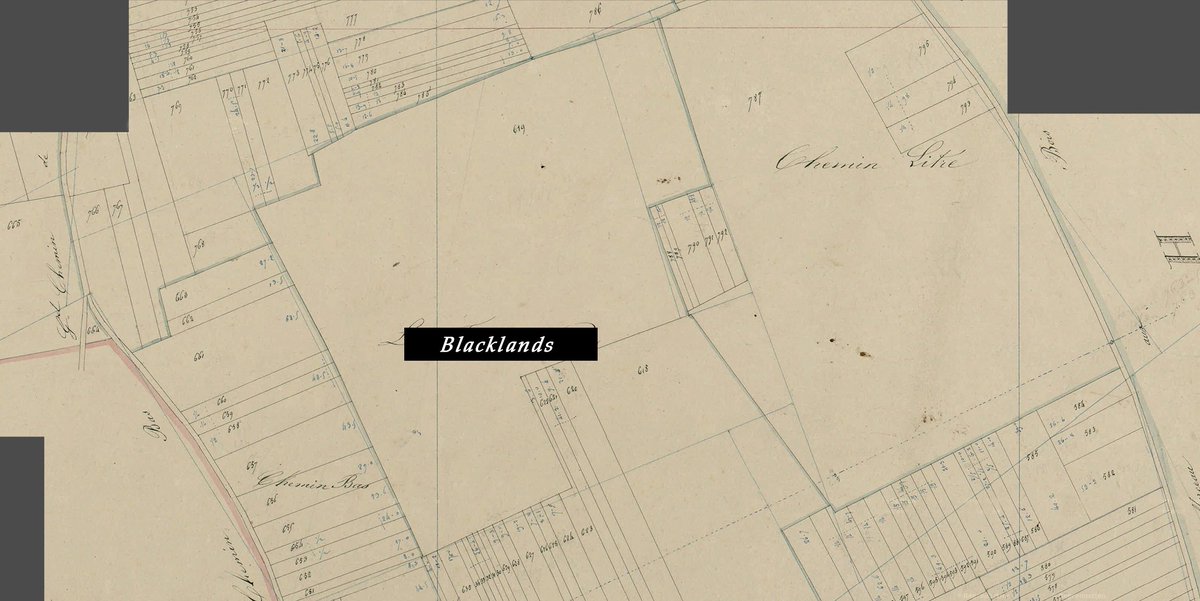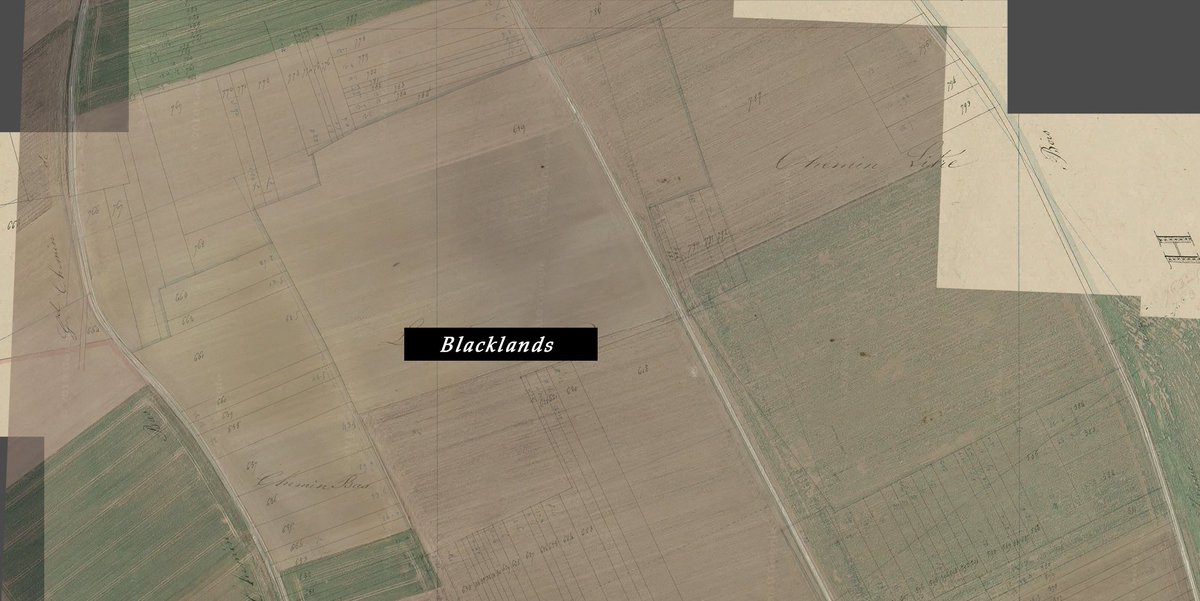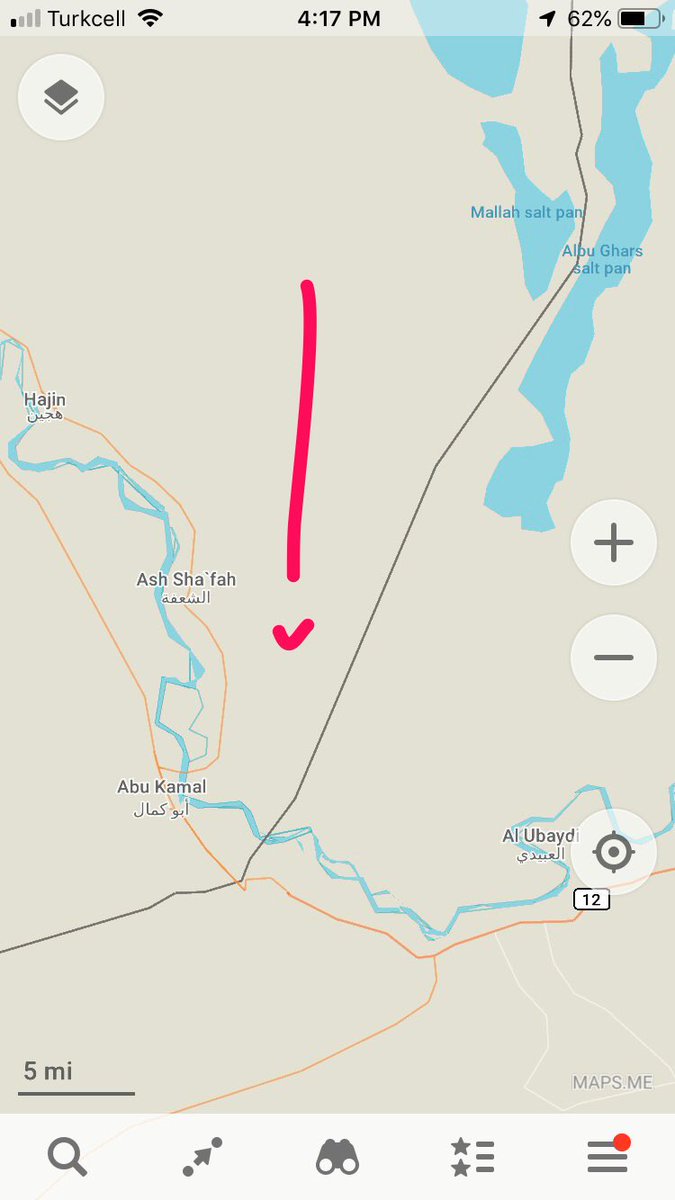Wait, no. It begins during the fall of the Roman empire. But let's make a first stop in 1859.
In 1859, this field had a name. It translates to "Blacklands". This name is long forgotten, and you won't find it on any 20th century map.
Soon after, he began to uncover walls.
The ruins were full of debris: cement, tiles, broken pottery, bronze coins, and small polished stones used for floor mosaics.
By the time they were done, they had unearthed 80 human skeletons, men and women, adults and children.
I believe it may have happened in an early Frank or Alaman raid in 275-276 (most likely hypothesis given the information available), or in 409-410, or in 451 (Attila).
Many questions still to be answered.


















